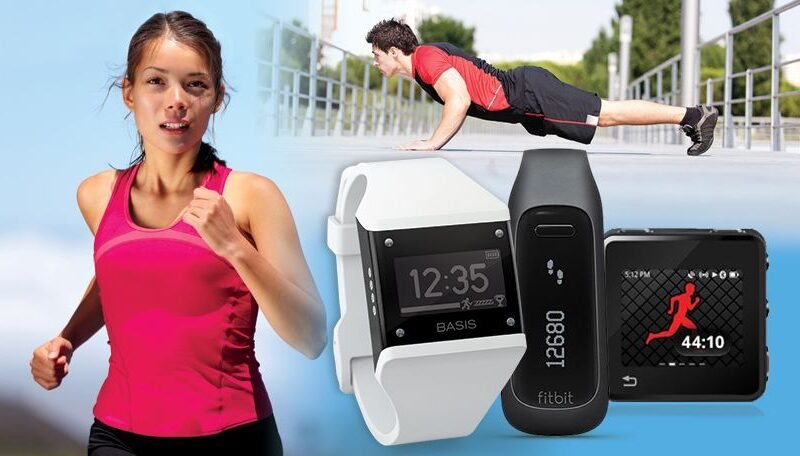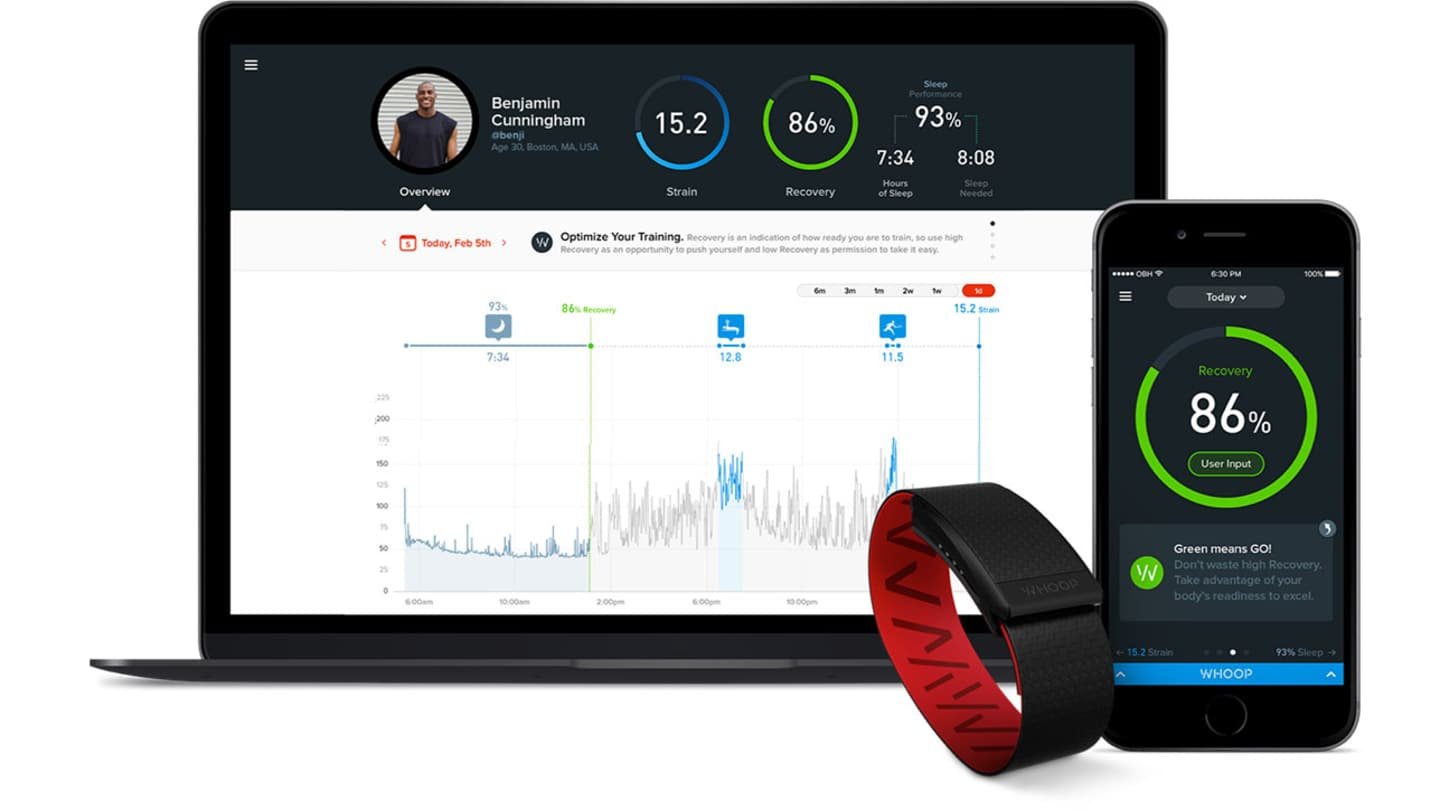5 Wearable Devices You Need for Fitness Tracking and Better Health
Introduction
Why “Fitness Tracking” Pays Off—For Your Health and Your Wallet
If you’ve arrived here, chances are you’re after more than a daily step badge. You’re looking for the kind of fitness tracking insights that transform random sweat sessions into science-backed progress, upgrade restless nights into restorative sleep, and stretch every naira or dollar you spend on wellness into a long-term investment.
In 2025, fitness tracking is no longer a niche curiosity; it’s the operating system of a healthier lifestyle. The sensors woven into wearables, the AI-driven fitness tracking apps on your phone, and even the smart scales in your bathroom all generate real-time data that turns guesswork into precision. Every heartbeat, every rep, every hour of REM sleep funnels into a personal dashboard—proof that fitness tracking has evolved from a fad into a feedback loop for continuous improvement.
And here’s the kicker: smart fitness tracking can fatten your wallet as effectively as it tightens your core. Insurance providers now give discounts for verified activity logs, employers roll out incentives for consistent fitness tracking streaks, and energy-boosting habits driven by data translate into fewer sick days and higher productivity. When you harness the full spectrum of today’s fitness tracking ecosystem—wearables, apps, analytics, and rewards—every metric becomes a micro-investment in both your physical stamina and your financial future.
So, whether you’re a weekend runner, a desk-bound professional, or a data geek obsessed with optimizing human performance, dive in. Let’s unpack how fitness tracking can be the smartest habit you adopt this year—and why the numbers you collect today will keep paying dividends for years to come.
How This Guide Is Structured
- Five deep‑dive reviews (one per device)
- sub‑sections covering key specs, hands‑on setup, pros/cons, and monetization angles
- Step‑by‑step tutorials and real‑world examples
- A quick‑scan FAQ cluster for snippet eligibility
- A conclusion that moves readers to click your affiliate CTAs—without sounding salesy
Apple Watch Series 10: The All‑Round Champion of Fitness Tracking
Why It Stands Out
Apple didn’t just iterate with the Series 10; it delivered the largest wide‑angle OLED display ever on a smartwatch, brighter off‑axis viewing, and new sleep‑apnea notifications—all wrapped in an aluminum or stainless‑steel shell that still feels feather‑light.
Key Fitness‑Tracking Features
- Advanced multisport GPS with dual‑frequency precision
- Real‑time VO₂‑max trends and automatic cardio‑fitness alerts
- Temperature‑sensing for women’s cycle tracking
- watchOS 11 Smart Metrics dashboard that surfaces calories, pace, stride‑length, vertical oscillation, and heart‑rate recovery in a single scroll
Step‑by‑Step Setup (5 Minutes)
- Pair with iPhone 12 or later; open the Watch app.
- Enable Health data sharing → Settings > Privacy > Health.
- Turn on High Heart Rate, Low Heart Rate, and Irregular Rhythm notifications.
- Customize workout view: Workout App > Preferences > Metrics.
- Install Strava or Nike Run Club for community competition.
Monetization Tip
Apple’s direct affiliate program pays ~4 % on hardware. Combine it with high‑intent keywords like “buy Apple Watch 10” in your anchor text to raise EPC (earnings per click).
Pros & Cons at a Glance
| Pros | Cons |
|---|---|
| Rich third‑party app ecosystem | 24‑hour battery life is average |
| Best‑in‑class display & accessibility | iPhone‑only compatibility limits Android users |
| FDA‑cleared ECG + SpO₂ | Premium price point ($399+) |
Garmin Instinct 3: Rugged Accuracy for Outdoor Athletes
The Story Behind the Stats
Garmin watches have long been the darlings of ultrarunners. The Instinct 3 takes that legacy solar. In Tom’s Guide’s 5,000‑step head‑to‑head test, it out‑counted the Apple Watch 10 by a razor‑thin four‑step margin and crushed it on battery life—24 days baseline, “unlimited” with full‑sun charging.
Outdoor‑Ready Fitness Tracking
- MIL‑STD‑810 shock, thermal, and water resistance
- Multi‑band GPS + GLONASS + Galileo for mountain‑grade accuracy
- Solar glass extends battery mid‑hike
- HRV Status widget surfaces training readiness in plain English
Quick‑Start Trail‑Run Setup
- Hold CTRL → System > GPS → choose Multi‑Band.
- Long‑press RUN → select Trail Run profile.
- Customize data screens: Pace, HR, Elevation Gain, Vertical Speed.
- Auto‑load route: sync a GPX file from Garmin Connect.
Monetization Tip
Outdoor tech readers often skew toward higher discretionary spend. Pair your review with affiliate bundles—e.g., Instinct 3 + Garmin HRM‑Pro chest strap—and spotlight “guaranteed accuracy” as a unique selling point (USP).
Pros & Cons
| Pros | Cons |
|---|---|
| 24‑day + solar battery | No touchscreen (button‑only UI) |
| Military‑grade durability | Limited smartwatch apps |
| Accurate multi‑band GPS | Chunky design may not suit small wrists |
Fitbit Charge 6: The Affordable Fitness‑Tracking Powerhouse
Why It Still Matters in 2025
Don’t let the “budget” label fool you. The Charge 6 continues to ace PCMag’s Editors’ Choice for its cross‑platform app and week‑long battery, making it the gateway tracker for millions looking to level up beyond their phone’s step counter.
Best Fitness‑Tracking Features per Dollar
- PurePulse 2.0 HR sensor with 24/7 tracking
- Built‑in GPS + GLONASS (no phone needed)
- Daily Readiness Score blends HRV, sleep, and activity
- Stress Management EDA scan—a rare find under $200
3‑Step Setup for First‑Time Users
- Download Google Fitbit app → sign in with Google Account (mandatory for new users in 2025).
- Pair the tracker; enable location permission for GPS.
- Activate Daily Readiness in the Premium tab (30‑day free trial; potential upsell for you via affiliate).
Monetization Tip
Google’s revamped Fitbit subscription now offers a 30‑day premium trial -> $79/year renewal. Insert a CTA: “Unlock Premium—get stress‑insights & personalized workouts.” Affiliates earn ~10 % after the trial converts.
Pros & Cons
| Pros | Cons |
|---|---|
| Under‑$200 price | Smaller screen vs smartwatches |
| Week‑long battery | Requires Google account post‑2025 |
| Solid GPS for casual runners | Limited on‑device music controls |
WHOOP 5.0: Data‑Driven Recovery & Performance
Beyond Steps—Inside Strain, Sleep & Recovery
Ask any CrossFit coach which wearable delivers the deepest recovery intel and you’ll hear one brand: WHOOP. Generation 5 multiplies sensor LEDs for unmatched accuracy, sampling HR up to 50 Hz while shedding the display for a lightweight sensor you forget you’re wearing.
Fitness‑Tracking Tech Highlights
- 5 LED + 4 photodiode array monitors HRV, skin temp, and SPO₂
- Strain Score quantifies cardiovascular load from 0–21
- Sleep Coach suggests bedtime and in‑app haptic alarm
- Any‑wear versatility: slide into bicep band, sports bra, or compression short
Onboarding Walk‑Through
- Create account → pick membership (monthly, annual).
- Calibrate for 3 days—WHOOP learns your baseline HRV.
- Tag workouts manually or enable Strain Coach auto‑detect.
- Review Morning Recovery Score; plan workout intensity accordingly.
Monetization Tip
WHOOP’s referral program pays a free month per signup. Redirect casual readers who find smartwatches distracting to a “screen‑free fitness tracker for data purists”—a differentiated angle advertisers love.
Pros & Cons
| Pros | Cons |
|---|---|
| Deep recovery analytics | Monthly membership mandatory |
| 24/7 sensor‑grade accuracy | No display, so phone required for stats |
| Wear‑anywhere comfort | Limited appeal for casual step counters |
Oura Ring 4: Invisible Yet Insightful Health Tracking
The Smart Ring Revolution
If a wrist‑worn gadget clashes with your style—or your sport—the Oura Ring 4 slips onto a finger and tracks 20+ biometrics, courtesy of its new Smart Sensing engine that adapts to skin tone and finger size. Sensors are now recessed for hand‑shake comfort.
Fitness‑Tracking Features in a Tiny Package
- 24/7 HR & HRV with temperature trend alerts
- Blood oxygen (SpO₂) continuous mode for altitude or sleep‑apnea insights
- Period Prediction 2.0 leveraging AI + temp curves
- Workout Heart Rate broadcast—pairs with Peloton, Zwift, or Apple Health
4‑Step Personalization Guide
- Order free sizing kit; test for 24 hours to see swelling patterns.
- Activate membership; link Apple Health or Google Fit.
- Set preferred Goal Tags (e.g., “Strength,” “Meditation”).
- Check morning Readiness—below 70? Swap HIIT for yoga.
Monetization Tip
Smart‑ring search volume explodes during holidays and wedding season. Bundle Oura with “healthy couples” gift guides for CPC spikes, and use geo‑targeted AdSense blocks for luxury e‑commerce.
Pros & Cons
| Pros | Cons |
|---|---|
| Discreet, jewelry‑like design | Must remove for some weight‑lifting grips |
| Accurate sleep analytics | $5.99/mo membership after trial |
| Broadcasts HR to gym equipment | No on‑ring display |
How to Choose the Right Tracker (Decision Framework)
- Goal clarity: weight loss, performance, or recovery?
- Budget: under $200 (Fitbit), mid‑range (Garmin), premium (Apple/Oura/WHOOP).
- Battery vs display: outdoor adventurers favor long life (Garmin) over AMOLED glam (Apple).
- Data depth: if HRV & strain drive your plan, go WHOOP; if step counts suffice, Fitbit rules.
- Ecosystem lock‑in: iPhone owners gain more synergy with Apple Watch; Android users enjoy device‑agnostic Fitbit or Garmin.
Featured‑Snippet Hack
Re‑format the checklist above as a paragraph with colons to target “what to look for in a fitness tracker” searches.
Read Also: 13 Best AI Note Taking Apps
Monetization Blueprint: Turning Traffic Into Revenue
| Revenue Stream | Implementation | Pro Tip |
|---|---|---|
| AdSense Auto‑Ads | Let Google AI place in‑content ads; CPM tends to peak on product‑review pages. | Keep paragraphs <120 words; white space boosts viewability. |
| Affiliate Links | Amazon (+4 %), Apple (+4 %), Garmin (+7 %), WHOOP (1‑month membership), Oura (+6 %). | Use contextual anchor text: “Compare prices on Garmin Instinct 3.” |
| Lead Magnets | Offer a free “7‑Day Fitness‑Tracking Habit Tracker” PDF in exchange for email. | Upsell a premium coaching course segmenting Apple vs Garmin owners. |
| Sponsored Brand Inserts | Negotiate fixed fee for “Recommended Accessories” section—bands, screen protectors, recovery supplements. | Disclose with #ad tag; transparency breeds trust (and repeat visits). |
Conclusion: Track Smarter, Earn Faster
Whether you’re eyeing the lifestyle perks of an Apple Watch Series 10, the rugged grit of a Garmin Instinct 3, or the invisible smarts of an Oura Ring 4, one truth stands firm: fitness tracking pays dividends you can’t measure on a bathroom scale alone—better sleep, reduced injury risk, and yes, higher motivation to keep moving.
As a publisher, embedding real‑world setups, clear pros and cons, and sincere affiliate recommendations transforms this post from mere info into action. Readers click buy, you collect commission, and Google rewards the depth of your content with prime SERP real estate.
So choose your wearable, drop it into your cart, and—if you’re the blogger behind this page—enjoy watching both your health metrics and your AdSense RPM climb.
Ready to upgrade?
→ [Shop Apple Watch Series 10 on Amazon]
→ [Unlock Garmin Instinct 3 Solar Bundle]
→ [Start Your 1‑Month Free WHOOP Trial]
Your next best‑tracked workout—and your next passive‑income spike—start now.
FAQs (Quick Answers for Featured Snippets)
Q1. What is the most accurate fitness‑tracking wearable in 2025?
Garmin Instinct 3 edges ahead in GPS accuracy tests, while WHOOP 5.0 leads in heart‑rate variability precision.
Q2. Can I use Apple Watch Series 10 with Android?
No. Apple restricts Watch activation to iPhones, though you can pair older Watches via eSIM workarounds—unsupported and unreliable.
Q3. Do I need a subscription for Fitbit Charge 6?
Hardware works without it, but advanced metrics like Daily Readiness require Fitbit Premium ($79/year).
Q4. Is WHOOP comfortable for sleep?
Yes. The display‑free strap weighs <30 g and sits flush against your wrist or arm, making overnight wear unobtrusive.
Q5. How long does Oura Ring 4 battery last?
Up to seven days on a 20‑minute charge, depending on continuous SpO₂ usage.
Q6. What’s the difference between HRV and strain?
HRV measures variability between heartbeats—higher usually means better recovery. Strain combines HR, duration, and intensity into one score to gauge workout load.
Q7. Which wearable is best for beginners?
Fitbit Charge 6 balances price, ease of use, and battery life.
Q8. Do all trackers sync with MyFitnessPal?
Apple, Fitbit, Garmin, and WHOOP offer direct or third‑party sync; Oura exports via Apple Health/Google Fit.
Q9. How do I clean my tracker after workouts?
Rinse with lukewarm water, mild soap, and dry with a lint‑free cloth; avoid alcohol on silicone bands.
Q10. Are smart rings accurate for running distance?
Smart rings lack on‑board GPS; pair with phone GPS for accurate distance metrics.







